Premium Model
Consumer Staples Value (US)A portfolio based on shareholder yield is built on companies that are very focused in returning cash to shareholders. Management has basically five different choices when allocating capital: It can reinvest in the business, make acquisitions, pay dividends, repurchase stock, or pay down debt. Dividends, repurchases, and debt cancellations are usually called capital distributions, since they are different venues to return cash to investors.
Shareholder yield measures how much money a company is distributing in comparison with its market capitalization, and it’s calculated as the sum of three components: dividend yield, buyback yield, and debt paydown yield.
To provide a better risk adjusted return, market timing rules are enabled to mitigate the risks associated with a market crash due to recession or weaker fundamentals across multi sectors.
The model initially filter stocks by market cap, sector and liquidity. It then screens for sales growth trend, and rank the findings by shareholder yield. 7 stocks from the top decile are chosen, and then its weight is calculated proportionally to risk, since buybacks only make sense when shares are fairly valued or undervalued. Several metrics are taken into consideration to build a composite weight focused valuation. This is calculated via EPS consistency, peers and industry comparison and relative strength compared to the market as well as absolute performance.
This is a mechanical model that chooses what to buy and sell based on a set of rules. Therefore, there will be losing trades from time to time. By no means it reflects a broken strategy. No model can outperform at all times, so it’s paramount to have the proper temperament to stick what a strategy that is aligned to your goals and risk tolerance.
See backtest information below to evaluate how these rules would have worked since 1999:
Model summary, including variable slippage (starting capital was $50,000) and fixed commission of $4.95:
Performance information:
Detailed performance summary which provides max drawdown and % stock invested periods (log scale):
:
Stats information below, with winners, losers and how long typically these stocks are held for:
Below are various risk indicators as well:
Since the model typically holds positions for 3 months on average, the following histogram was run, to evaluate how consistently the model would perform if it started at different periods (rolling offset was set to 1 week, while the performance period was set to 3 months); below is the histogram excess performance when compared to the benchmark (XLP ETF):
And below is the same histogram, but showing the actual model portfolio performance, instead of the excess when compared to the benchmark (XLP ETF);
The next screening criteria (buying as per the rules of this model) rules narrows down the Universe to stocks to Consumer Staples sectors, with a market cap higher than $500 MM and enough liquidity for large accounts. Then, further screening takes place to ensure that sales growth rate for recent periods remain positive.
Once a list of stocks are found, then they are ranked from best to worse, where only the top ranked are chosen. The weight assignment is calculated by risk, through a composite weighted rank. It takes into account EPS consistency and growth, price relative strength, valuation based on price to sales growth, earnings yield, insiders buyer and sellers and industry leadership based on comparison between these companies and their average industry metrics / peers for profitability ratios, valuation ratios and dividend information.
A stock will be sold if these metrics deteriorate for that stock or if market timing rules activates to switch to fixed income.
Subscribe to this model
Interested in subscribing to multiple models? Discounts are available when subscribing to 2 or more models. Simply subscribe to your first model and then let us know which model you want to subscribe next, and we’ll send you a discount coupon.
Discount rates:
| 1st model | full price |
| 2nd model | 10% discount (applied to the 2nd model) |
| 3rd model | 20% discount (applied to the 3rd model) |
| 4th model | 30% discount (applied to the 4th model) |
| 5th model | 40% discount (applied to the 5th model) |
| 6th model | 50% discount (applied to the 6th model) |
| 7th model | 60% discount (applied to the 7th model) |
| 8th model | 70% discount (applied to the 8th model) |
Got questions? Check our Frequently Asked Questions for Premium models or contact us.
Already a member?
This model is being retired.
Interested in subscribing to multiple models? Discounts are available when subscribing to 2 or more models. Simply subscribe to your first model and then let us know which model you want to subscribe next, and we’ll send you a discount coupon.
Discount rates:
| 1st model | full price |
| 2nd model | 10% discount (applied to the 2nd model) |
| 3rd model | 20% discount (applied to the 3rd model) |
| 4th model | 30% discount (applied to the 4th model) |
| 5th model | 40% discount (applied to the 5th model) |
| 6th model | 50% discount (applied to the 6th model) |
| 7th model | 60% discount (applied to the 7th model) |
| 8th model | 70% discount (applied to the 8th model) |
Got questions? Check our Frequently Asked Questions for Premium models or contact us.

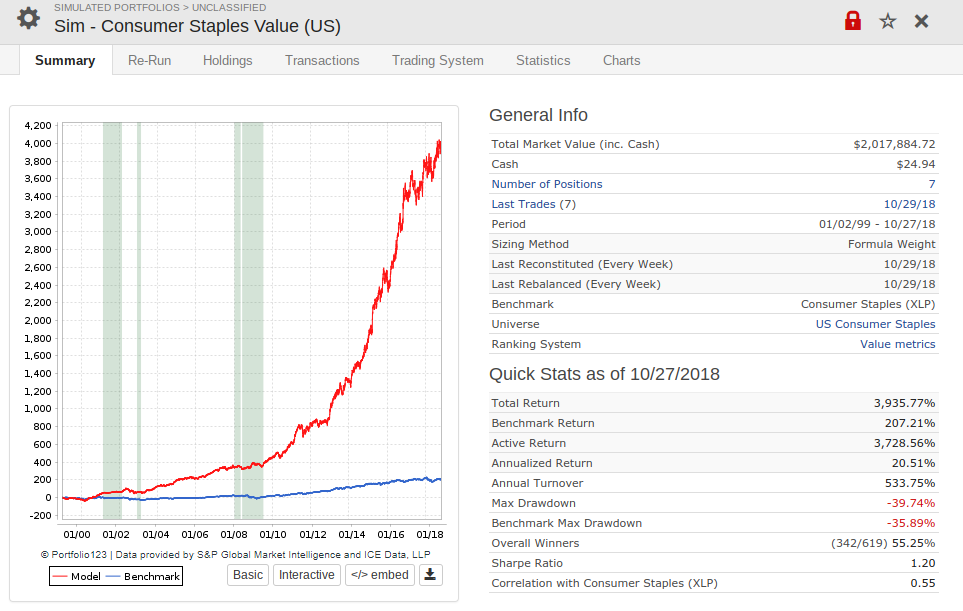

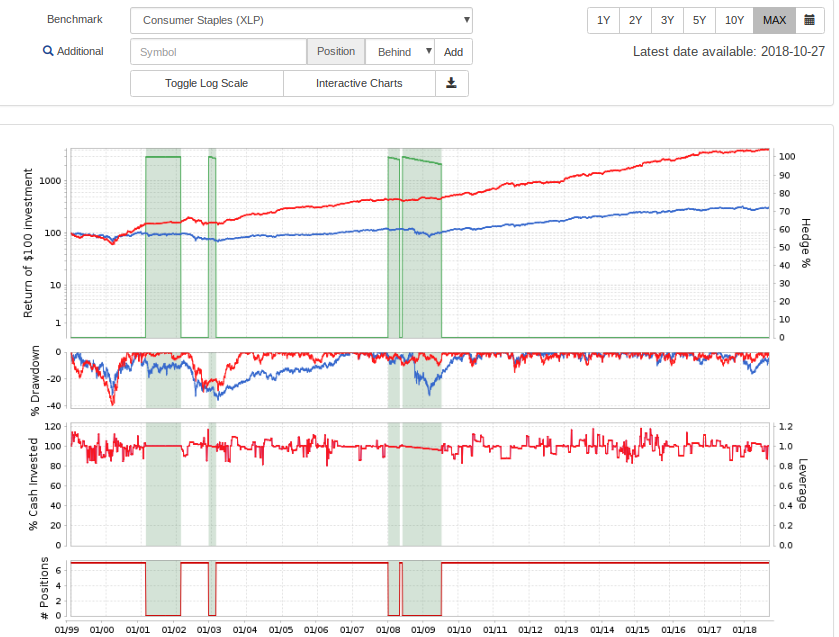

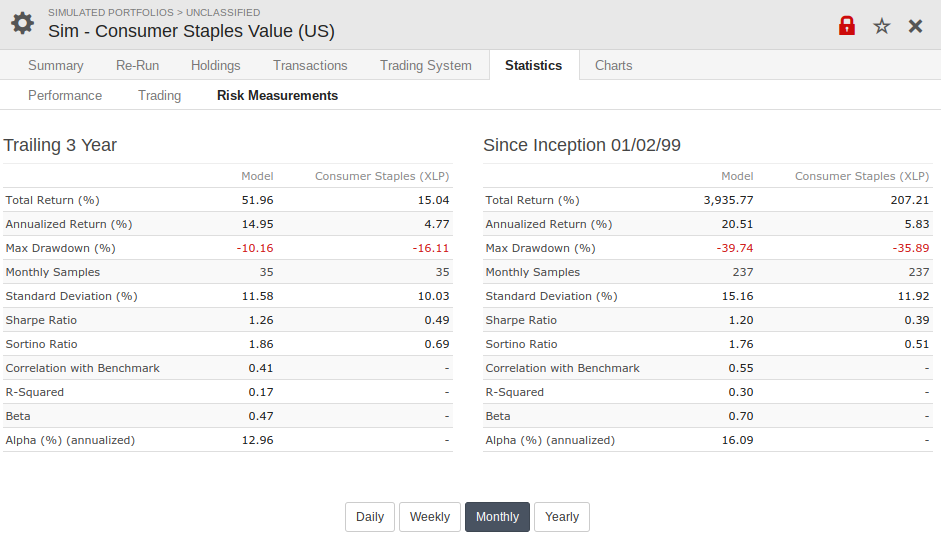




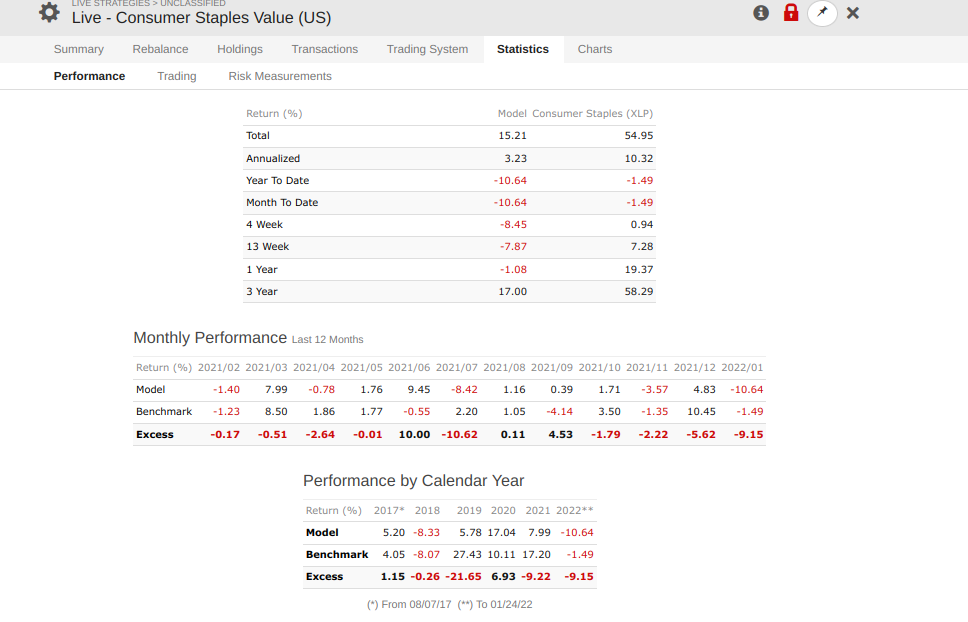

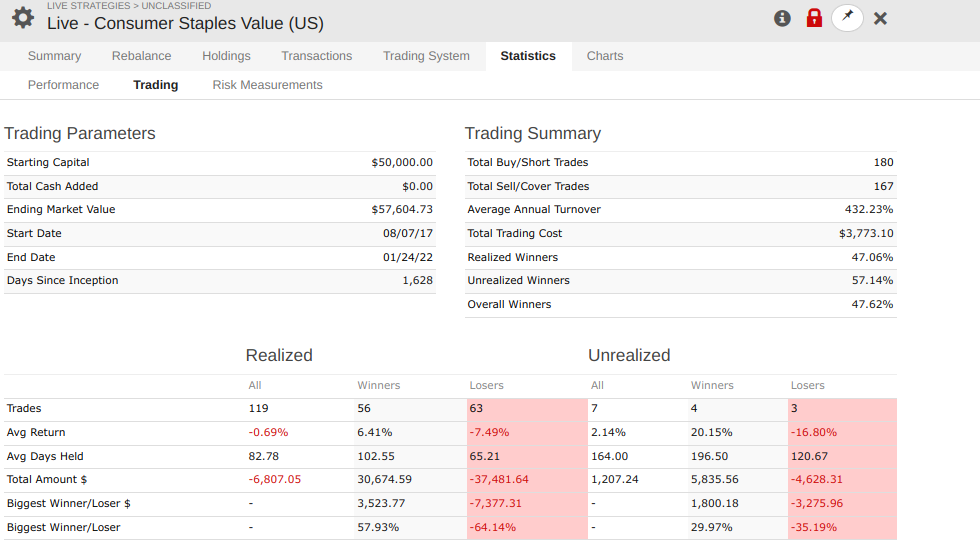
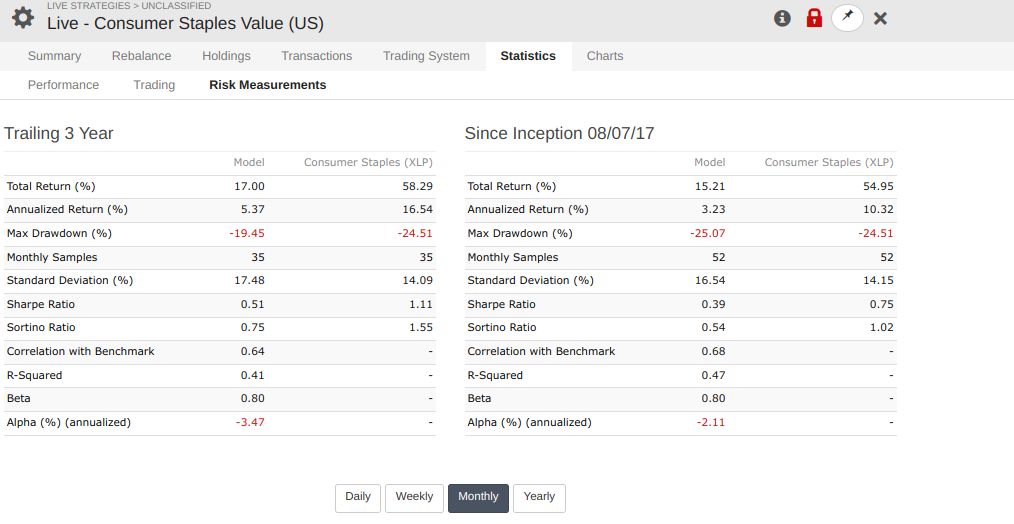


0 Comments